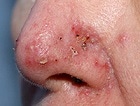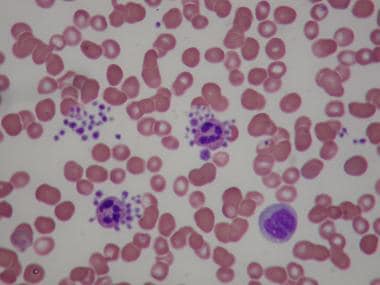
In adults, it can be recurring and not necessarily connected to an earlier infection. It can occur in both children and adults however, in children, it usually follows a viral infection, like the measles or mumps. This typically happens from a severely low level of blood platelets caused by the immune system attacking itself. Fast resting heart rate (over 100 beats per minute)ġ.2 Idiopathic Thrombocytopenic Purpura (ITP)Įxcessive bruising and bleeding-bruises often appearing from internal bleeding-are the most common purpura symptoms of ITP.
PLATELET DISORDERS PINPOINT RASH SKIN
Pale skin, or skin with a yellowish hue.Symptoms you may experience with TPP can include: Medicines like ticlopidine, clopidogrel, guanine, and cyclosporine A.Hormone replacement therapy or estrogens.Hematopoietic stem cell transplantation.Problems with the ADAMTS13 enzyme involved in blood clotting (may be inherited or acquired).The blood cells cannot be replaced fast enough, leading to a deficiency. The clotting also leads to increased platelet use, leaving the body susceptible to internal bleeding.Ī condition called hemolytic anemia can also arise, which is marked by an accelerated division of red blood cells. It can be quite dangerous because of the potential to cut off oxygen-rich blood from vital organs like your brain, kidneys, and heart. This is a very rare form of thrombocytopenic purpura where blood clots form in small blood vessels throughout the body. Cancer ( leukemia, bone marrow, and others)ġ.1 Thrombotic Thrombocytopenic Purpura (TPP).Some factors that lead to thrombocytopenia purpura symptoms include: It can also highlight an issue that is limiting the platelets’ ability to circulate. Rashes or bruising appearing from low platelet (thrombocyte) count suggests internal bleeding, bruising, and undoubtedly, a lack of production of platelets. This type of purpura diagnosis indicates there is a more severe health issue at play. One type of purpura is a thrombocytopenic purpura, which means it results from low blood platelet counts.

Purpura symptoms can also differ by variety. Some purpura causes are relatively minor, while other times, the rash may signal a life-threatening condition. Because of this, it’s very important to have these rashes examined by a doctor. One of the most important things to know about purpura rashes is that they are not an independent condition, but rather a symptom of another health issue. Lastly, these rashes may bare a closer resemblance to a bruise than a rash. Secondly, when touched, they may not change colors.


The first is that, while they can appear as a rash, they don’t always itch or cause irritation. Generally speaking, spots are four to 10 millimeters in diameter-like a pinpoint-and cluster in a concentrated area. There are different types of purpura, and they can be signified by slight differences in color, location, and longevity. Purpura is a skin rash usually characterized by small, purplish-red spots on skin.


 0 kommentar(er)
0 kommentar(er)
